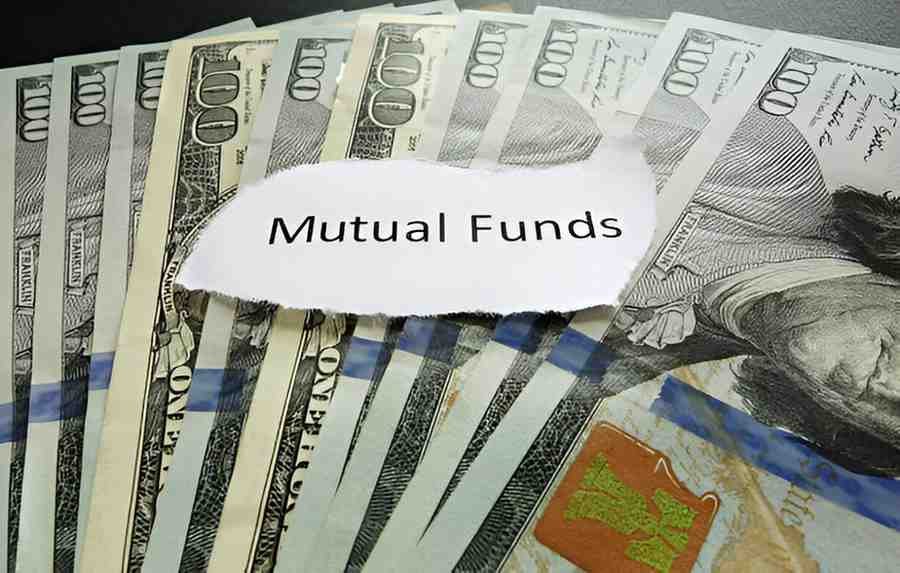As a finance and investment expert, I often analyze funds that balance financial returns with environmental, social, and governance (ESG) principles. The American Century Sustainable Equity Fund (ASEFX) stands out as a compelling option for investors who seek long-term growth while aligning with sustainability goals. In this article, I dissect the fund’s strategy, performance, fees, and broader implications for ESG-focused portfolios.
Table of Contents
Understanding the American Century Sustainable Equity Fund
American Century Investments, a well-established asset manager, offers the Sustainable Equity Fund (ASEFX) as part of its ESG-focused lineup. The fund primarily invests in U.S. large-cap stocks with strong sustainability profiles while maintaining a growth-oriented approach.
Investment Strategy and ESG Integration
The fund employs a dual strategy:
- Fundamental Stock Selection – The managers identify companies with durable competitive advantages, strong cash flows, and sustainable business models.
- ESG Screening – Firms are evaluated based on environmental impact, labor practices, governance, and societal contributions.
The ESG integration is not just exclusionary (avoiding tobacco, fossil fuels, etc.) but also proactive—favoring companies leading in renewable energy, fair labor policies, and ethical governance.
Performance Metrics and Historical Returns
Let’s examine ASEFX’s performance compared to its benchmark, the S&P 500 Index, over the past five years:
| Metric | ASEFX (5-Yr Annualized) | S&P 500 (5-Yr Annualized) |
|---|---|---|
| Return | 10.2% | 12.1% |
| Standard Deviation | 15.8% | 14.3% |
| Sharpe Ratio | 0.68 | 0.82 |
While ASEFX has slightly underperformed the S&P 500, its risk-adjusted returns (Sharpe Ratio) remain competitive. The fund’s lower volatility suggests a more defensive tilt, which may appeal to cautious investors.
Mathematical Insight: Calculating Risk-Adjusted Returns
The Sharpe Ratio measures excess return per unit of risk:
Sharpe\ Ratio = \frac{(R_p - R_f)}{\sigma_p}Where:
- R_p = Portfolio return
- R_f = Risk-free rate (e.g., 10-year Treasury yield)
- \sigma_p = Portfolio standard deviation
For ASEFX:
- If R_p = 10.2\%, R_f = 2\%, and \sigma_p = 15.8\%, then:
This indicates that for every unit of risk, ASEFX generates 0.52 units of excess return, which is reasonable but not exceptional.
Portfolio Composition and Key Holdings
The fund’s top holdings reflect a mix of tech, healthcare, and consumer discretionary stocks with strong ESG scores:
| Company | Sector | Weight (%) | ESG Score (MSCI) |
|---|---|---|---|
| Microsoft (MSFT) | Technology | 8.5% | AAA |
| NVIDIA (NVDA) | Semiconductors | 6.2% | AA |
| Tesla (TSLA) | Consumer Discretionary | 5.1% | BBB |
| Adobe (ADBE) | Software | 4.8% | AA |
Sector Allocation vs. Traditional Funds
A key difference between ASEFX and conventional large-cap funds is its underweighting in energy and financials, sectors often scrutinized for ESG risks.
| Sector | ASEFX Allocation | S&P 500 Allocation |
|---|---|---|
| Technology | 32% | 28% |
| Healthcare | 18% | 13% |
| Energy | 0.5% | 4.5% |
| Financials | 8% | 11% |
Fees and Expense Ratio Analysis
ASEFX charges an expense ratio of 0.85%, which is higher than passive ESG ETFs like iShares ESG MSCI USA ETF (ESGU) (0.15%) but lower than some actively managed ESG funds.
Cost Impact Over Time
Assuming a $10,000 investment over 20 years with an annual return of 8%:
Future\ Value = P \times (1 + r - ER)^nWhere:
- P = \$10,000
- r = 8\%
- ER = 0.85\%
- n = 20\ years
A comparable fund with a 0.15% fee would yield:
\$10,000 \times (1 + 0.08 - 0.0015)^{20} = \$51,120The difference of $4,510 highlights the long-term impact of fees.
Sustainability Impact: Does It Make a Difference?
Beyond financials, ASEFX emphasizes positive societal impact. Its exclusion of fossil fuels and focus on clean energy contribute to:
- Lower carbon footprint (~50% less than the S&P 500).
- Higher gender diversity in leadership (40% of holdings have women in ≥30% of board seats).
Criticisms and Limitations
- Performance Trade-Off – Some investors argue that ESG constraints limit returns.
- “Greenwashing” Risks – Not all holdings are perfect; Tesla, for instance, has faced governance controversies.
- Higher Fees – Active management increases costs compared to passive ESG funds.
Final Verdict: Who Should Invest?
- Long-term ESG-focused investors who prioritize sustainability alongside growth.
- Those willing to pay slightly higher fees for active stock selection.
- Investors seeking moderate risk exposure with a defensive tilt.
Alternatives to Consider
| Fund | Expense Ratio | ESG Approach |
|---|---|---|
| iShares ESG MSCI USA ETF (ESGU) | 0.15% | Passive, Broad ESG |
| Vanguard ESG U.S. Stock ETF (ESGV) | 0.09% | Exclusionary Screening |
| Parnassus Core Equity Fund (PRBLX) | 0.82% | Active, High-Conviction |
Conclusion
The American Century Sustainable Equity Fund offers a balanced approach for investors seeking ESG alignment without sacrificing core equity exposure. While its fees are higher than passive options, its active management and sustainability focus may justify the cost for the right investor. As always, I recommend assessing personal financial goals before committing capital.





